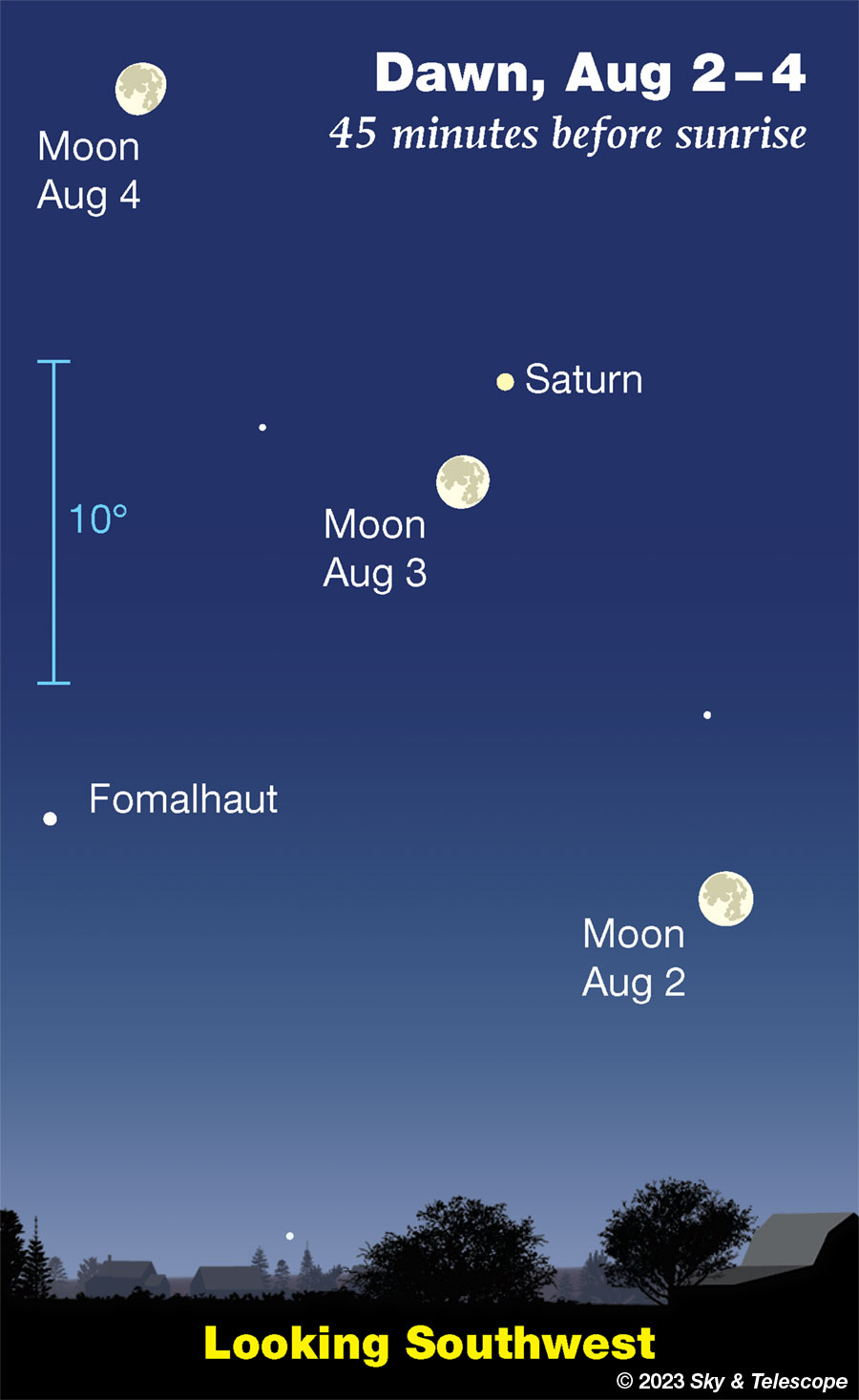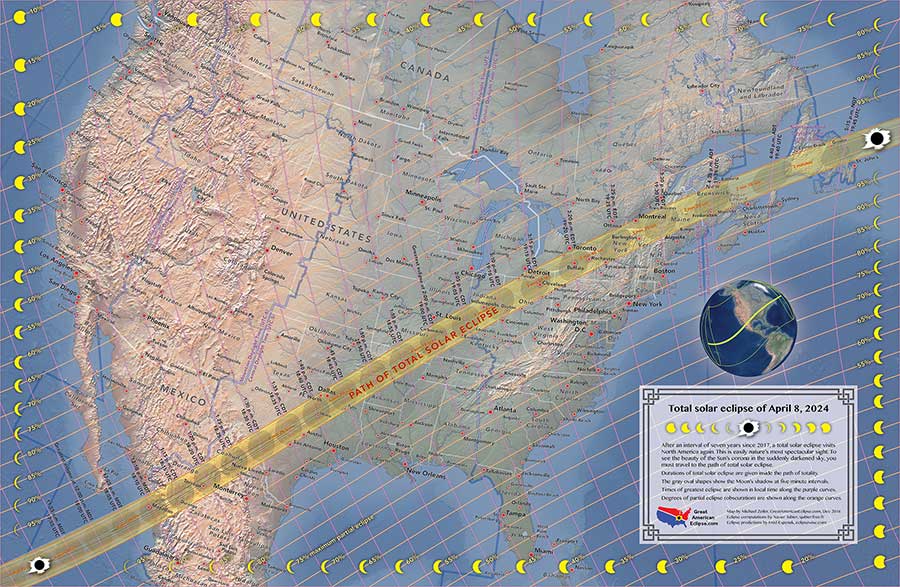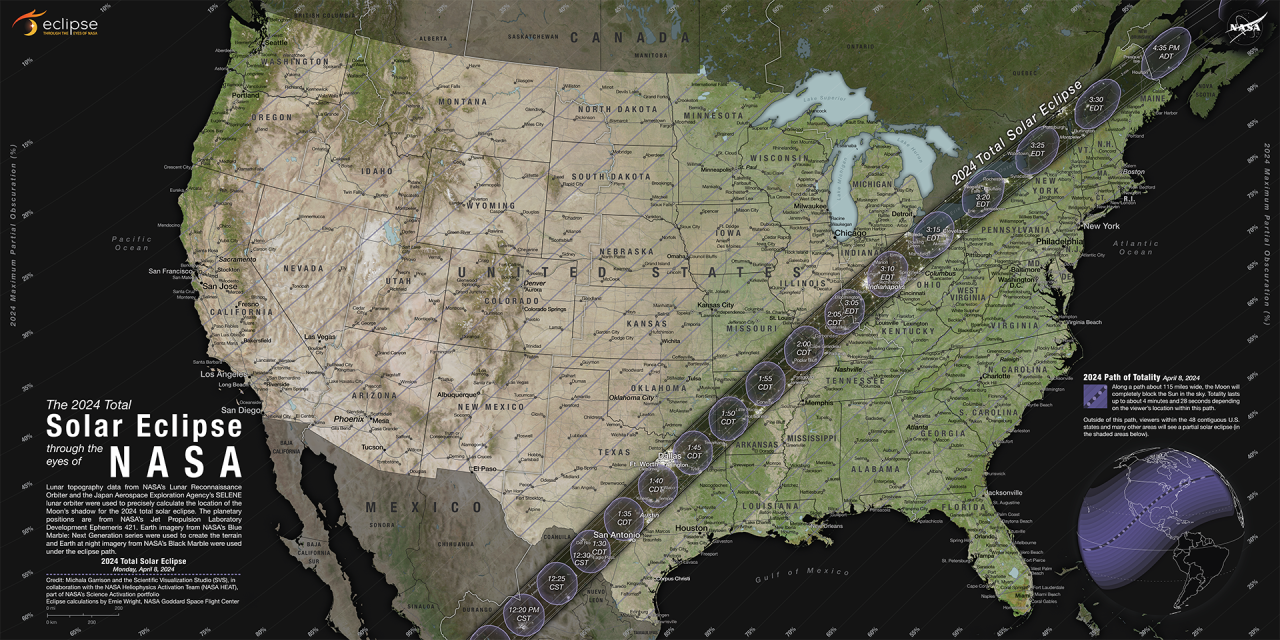jonesthecurl wrote:I hadn't expected to be anywhere near it, in fact had completely blanked on the date, given it was nowhere near CA. But by chance I was in Dover DE, where we had about 80% totality. Hardly noticeable - about like a cloudy day.
Yes, agreed, Jonesy; I was expecting it to be a bit darker, at about 81% coverage here. I got the glasses and THAT was worth it. I distributed about one dozen to my students today; I will hear from them on Wednesday (alternate day schedules). My four year old granddaughter looked through glasses; I am not sure that she comprehended what was happening.
I had ABC News on TV and they covered several sites of Totality AND THAT was really cool. Weather cooled and it was DARK. The shadow of the circle moved over 1,000 mph (over 1600 km/hr) and there was one shot from the ISS and that looked cool, too. But I did not see it actually move in that short video segment. NBC News had a reporter in an airplane; that looked cool, but that did not capture it as well as I had hoped.
It was said that the totality lasted about 4 minutes in most US locations today. In 2017, that I also viewed in some 80% coverage, totality lasted only a bit over 2 minutes. I do not know why.
The area of partial is due to a "secondary" shadow (my term). I was not able to duplicate that using my phone flashlight on a globe. I only got the primary shadow, using a pencil point (and the rest of the pencil, of course). I may read more on those topics to learn more. Most of the US got some coverage; I think CA was only 20% or so.




































































































